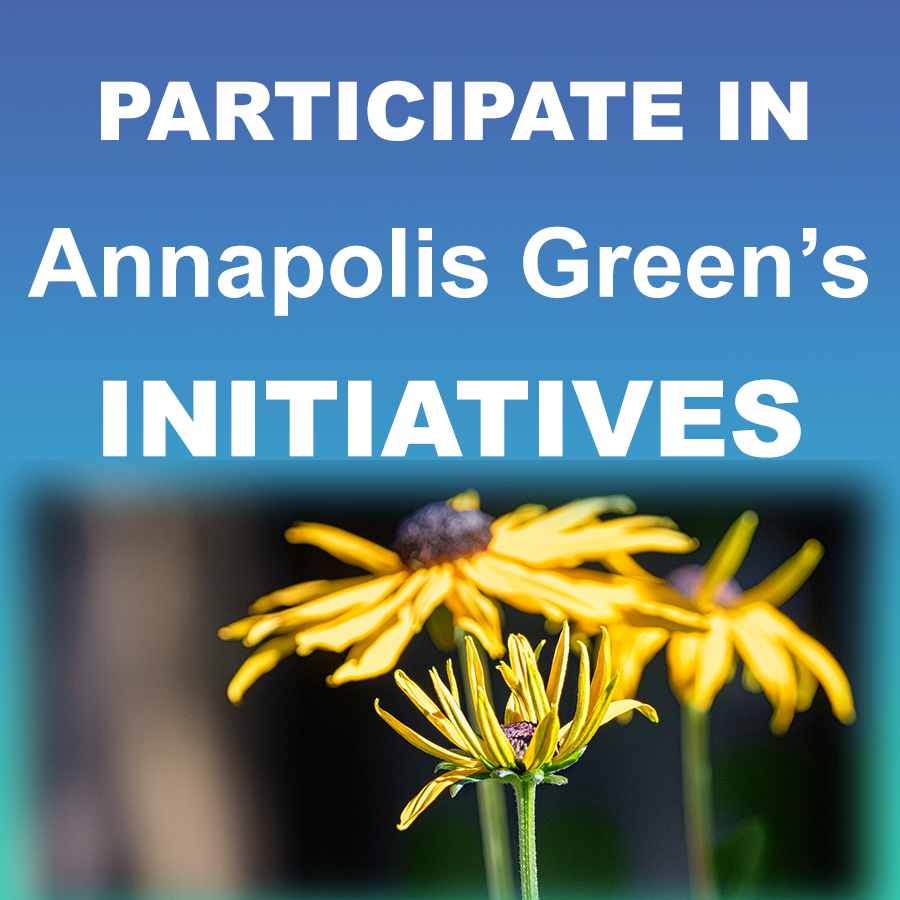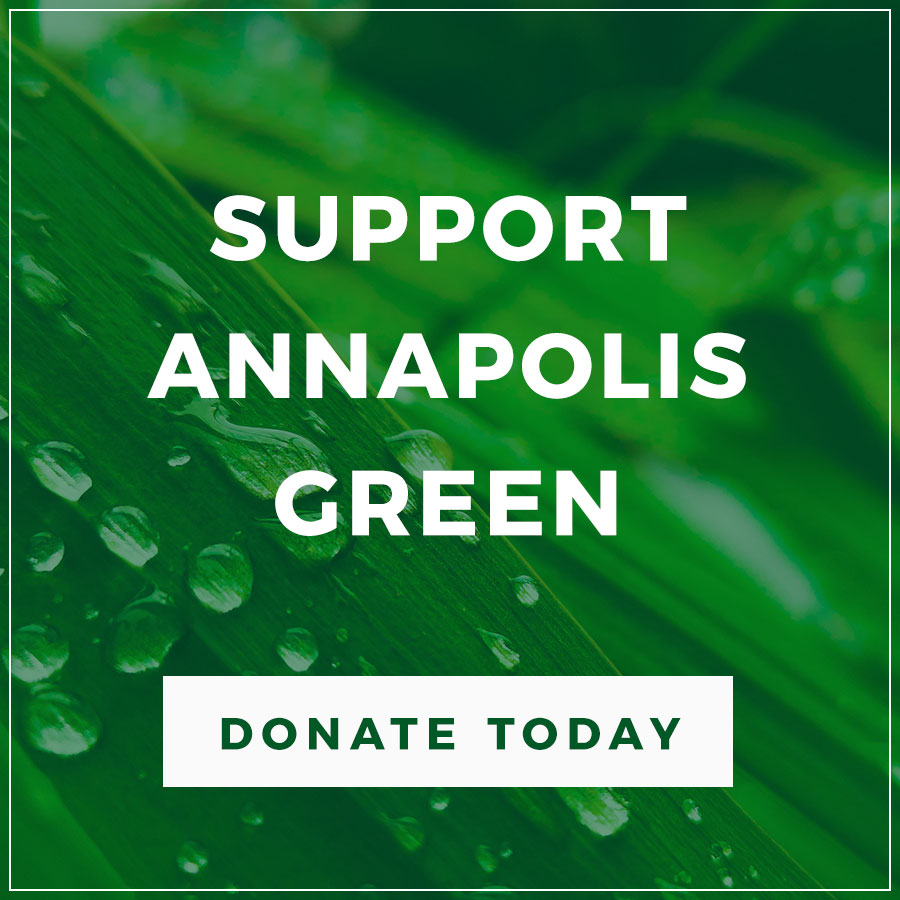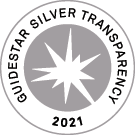Book Club Selection Teaches How to Bring Nature Home
by Karen Grumbles
You know the experiences where you are walking through a nature area and you hear the sounds of many birds, see all the different bugs skittering around on the ground and the strikingly beautiful butterflies fluttering around above the shrubs? We all tend to gravitate to places like Quiet Waters Park and Jug Bay Natural Area just for those kinds of experiences. Annapolis Green Reads Book Group picked Doug Tallamy’s Bringing Nature Home: How You Can Sustain Wildlife with Native Plants for its October read so that we can all learn how to bring that wildlife to our own yards and community spaces.

Doug Tallamy talks about how we need many more of those spaces and that they need to be all around us in order to truly have a healthy, functioning ecosystem. He is a scientist, a specialist in entomology, with some important knowledge to impart.
He has studied the relationship of particular plants to insects, caterpillars, and butterflies to see which ones use the plants for food and for habitat. The insects as food source then beckon the birds and reptiles and other mammals to take up residence. He introduces us to a variety of native plants that are best for this ecosystem and even identifies “keystone” plants, those that benefit the largest variety of critters. As one member of the group said, “Everybody should have at least one oak tree in their yard.”
A memorable lesson from the book is that plants that are not native are frequently useless to the insects that we need for a healthy ecosystem. The reason that the beautiful Crepe Myrtles stay looking so pristine all year round is because no insects are using them for food. Ditto for the Norway Maple and the Bradford Pear tree. Why would we want to give our precious yard space to plants that serve no purpose in the environment?
The obvious response is that they are pretty. As we think through this some more, it starts to get really interesting because as the saying goes, “Beauty is in the eye of the beholder.” We start thinking about who decides what constitutes ‘pretty’ in our urban and suburban yards? Is there a native plant that might be just as attractive as the non-native one we’ve been thinking about getting? We could even ask, ”Does the wildlife see these non-native plants as attractive?” because we really aren’t a keystone species for sustaining a healthy environment, other than fixing what we’ve broken.
In our book group, we all seem to have an appreciation for Tallamy’s perspective on the ecosystem. Humans have destroyed natural spaces and he provides the fundamentals for how to bring those spaces back and build a healthy ecosystem by starting with planting natives.
The second half of this book is a useful reference resource with native plants matched to the insects they attract. We discussed whether landscape gardeners are educated on this approach and what other resources are available*, that incentives for communities to plant natives might make a difference, and the importance and challenge of removing invasive species such as the dreaded phragmites and Japanese stiltgrass.
Tallamy has a new book out entitled Nature’s Best Hope that gives some practical steps on how to improve the spaces around us with native plants as a grassroots effort. It’s on our list of possible feature reads.
If you’d like to be included in our book group, please contact me. We would like to meet at Old Fox Books and support a local business but for now, because of COVID, we’re meeting via Zoom. Our November book is the 2018 Pulitzer winning novel The Overstory by Richard Powers.
 Karen Grumbles
Karen Grumbles
*Annapolis Green sells a reference book that I am planning to ask for as a Christmas gift entitled Essential Native Trees and Shrubs for Eastern U.S.: The Guide to Creating A Sustainable Landscape by Tony Dove and Ginger Woolridge!






